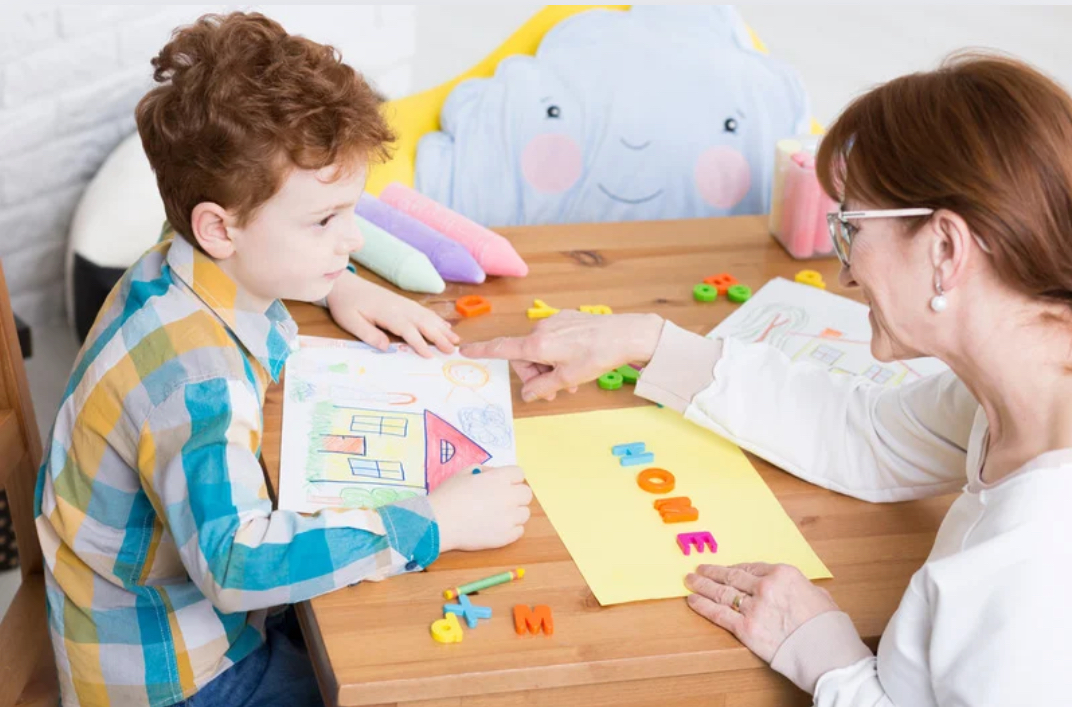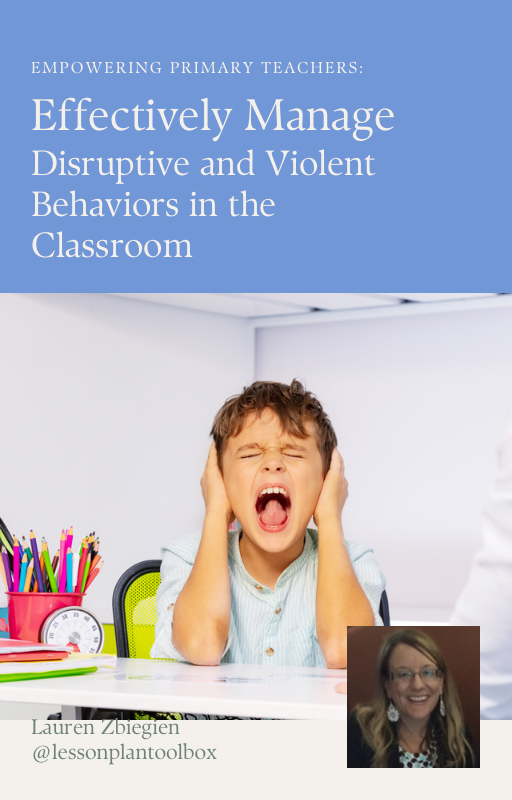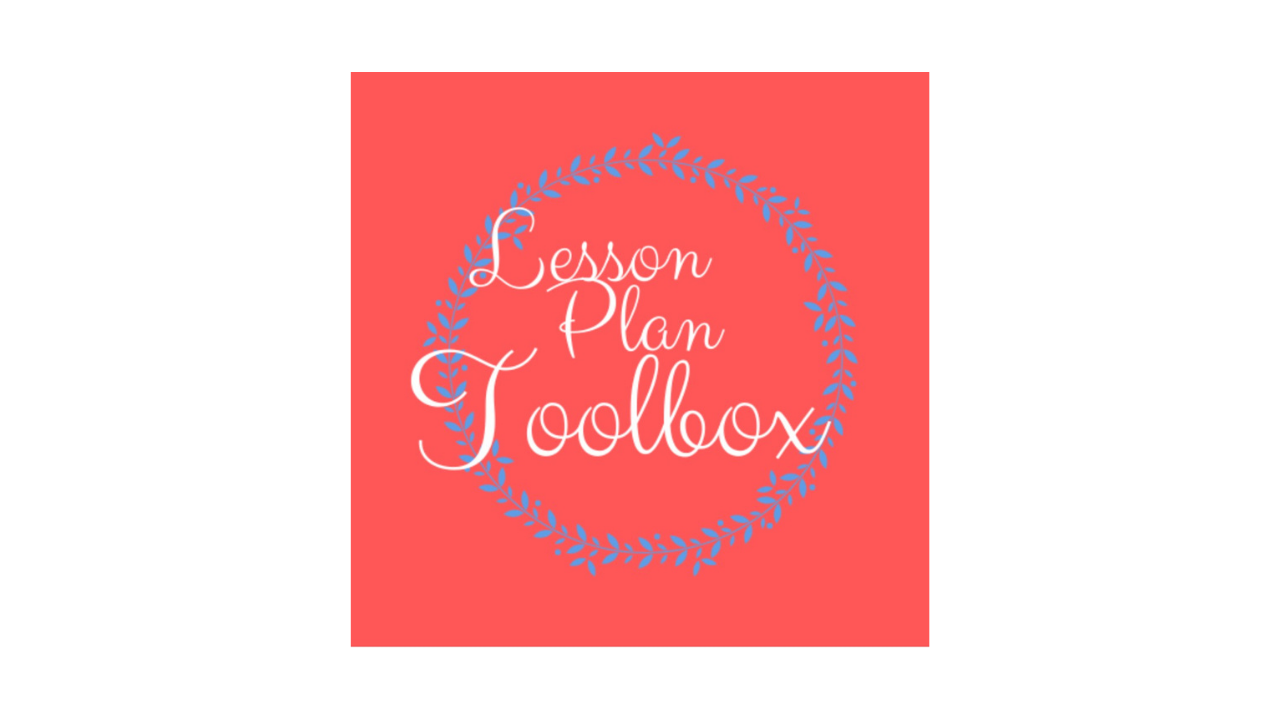
Creating an Effective Parent Communication System for Primary Teachers
Click here for the YOUTUBE version of this post.
Welcome to our yearlong series on Classroom Management by Design for Primary Teachers. Each week we will give you a new piece to the classroom management puzzle to have in place when you need it this school year. Think of it as a Lego kit just waiting to be built.
Classroom Management by Design for Primary Teachers:Creating an Effective Parent Communication System for Primary Teachers

Introduction:
Establishing a streamlined and effective parent communication system can make a world of difference in managing student behavior, tracking academic progress, and strengthening family partnerships. Here is a step-by-step guide to setting up a practical and easily implementable communication system focused on student performance in behavior and academics.
1. Choose a Primary Communication Platform
The first step in creating a parent communication system is selecting a consistent platform for communication that’s easy for both teachers and parents to use. Some commonly used platforms include:
• Email: Ideal for updates and longer messages.
• Apps like ClassDojo, Remind, or Bloomz: Great for quick, real-time messages and updates.
• Google Classroom: Useful for academic updates and sharing class announcements.
Use a single platform as the primary method of communication to avoid confusion. Make sure it’s accessible and compatible with mobile devices, as many parents check updates on their phones.
2. Implement Weekly Behavior and Academic Reports
A weekly report can be a quick way to communicate with parents on both behavior and academics. This report can be as simple as a single-page document or a digital form and should include:
• Behavior Highlights: Outline key behaviors, focusing on positive reinforcements and any recurring challenges.
• Academic Progress: Note specific subjects and skills, such as reading comprehension, math problem-solving, or writing, with a brief update on the child’s progress.
Example Format:
• Date:
• Behavior Highlights:
• Respectful and followed classroom rules: ✅ (Yes/No)
• Participated actively in class: ✅ (Yes/No)
• Needed reminders for focus: ✅ (Yes/No)
• Academic Progress:
• Reading: Beginning to recognize sight words
• Math: Needs support with addition
• Writing: Developing sentence structure
How to Implement:
Create a template to use each week, whether on paper or digitally. Send this to parents every Friday, allowing them to review it over the weekend and be prepared for the upcoming week.
3. Daily Communication for Urgent Behavioral or Academic Issues
Sometimes, a student may experience a particularly challenging day that warrants same-day communication. For these cases, use brief and direct messages to inform parents of issues that need immediate attention, keeping the tone supportive and constructive.
Example:
“Hi [Parent’s Name], just a quick note to let you know that Jamie struggled a bit with following directions in class today. We talked about ways to focus, and I wanted to keep you in the loop in case you’d like to discuss it with him at home. Let me know if you’d like to connect about this. Thank you!”
Avoid overusing daily communication; reserve it for significant events or patterns that need immediate parental awareness. This approach keeps parents informed but not overwhelmed.
4. Monthly Progress Summaries
Monthly summaries provide a broader perspective on both behavior and academic performance, giving parents a sense of how their child is progressing over a longer period. These can include:
• Behavior Trends: Highlight patterns, such as improved focus or social interactions, and include goals for the next month.
• Academic Progress: Share strengths, areas for growth, and any new concepts the student is working on.
• Actionable Tips: Offer simple suggestions for ways parents can support learning at home.
Example Format:
Monthly Summary - [Month/Year]
Behavior:
• Strengths: Jamie shows enthusiasm in group work and respects classmates’ opinions.
• Growth Areas: Needs to work on raising his hand before speaking.
Academics:
• Reading: Improved vocabulary, working on comprehension.
• Math: Strength in addition, needs support with subtraction.
Suggestions:
• Practice reading aloud each night for 10 minutes to strengthen comprehension.
• Use flashcards for math facts practice.
How to Implement:
Send the monthly summary as an email attachment or through the primary communication platform. Designate a consistent day, like the last Friday of the month, so parents know when to expect it.

5. Set Up Parent-Teacher Check-Ins Every 6-8 Weeks
In addition to weekly and monthly reports, regular check-ins (whether virtual or in person) allow for more detailed discussions. These check-ins help build rapport, show parents that you’re invested in their child’s progress, and provide time for discussing any ongoing challenges or achievements in greater depth.
Use this opportunity to set short-term goals with parents and discuss any behavior management strategies they can reinforce at home.
Example Check-In Outline:
1. Review of Recent Progress: Briefly summarize behavior and academic updates.
2. Goals and Action Steps: Set specific goals based on current progress.
3. Open Discussion: Allow parents to share any concerns or insights.
6. Create a “Parent Support Corner” for Additional Resources
Include a section in your weekly or monthly communication with tips or resources that parents can use at home to support their child’s development. Resources might include:
• Behavioral Tips: For example, “Help your child practice patience with a daily waiting game—count to ten before starting an activity!”
• Academic Tools: Links to websites or apps that support math or reading practice.
• Social-Emotional Resources: Strategies for fostering resilience or managing frustration.
Consider creating a simple Google Drive folder with categorized resources and a monthly highlight that links to relevant tools.
7. Encourage Two-Way Communication
While you’re sharing information with parents, make it clear that they can reach out with questions or insights. Establish guidelines for when and how to reach you (e.g., through the primary platform, during school hours) and encourage parents to be active participants.
Example Communication:
“Feel free to reply to this message if you have questions or insights on Jamie’s week. I love to hear from you and value your input!”
Acknowledge parent responses promptly to reinforce open communication, even if you’re only able to respond briefly.
8. Host Virtual “Open Office” Hours for Parents
For parents who have additional questions or want to discuss something in more detail, consider holding monthly virtual office hours. This designated time allows parents to connect with you outside of regular updates, creating a low-pressure opportunity to address any questions they might have.
How to Implement:
• Use a simple sign-up sheet and schedule 10-minute slots for each parent who’s interested.
• Choose one or two hours a month at a time convenient for families.
• Use a virtual meeting link or phone call, depending on parents’ preferences.
Example Office Hours Notice:
“I’ll be holding virtual office hours next Wednesday from 5-6 PM for any questions or updates. If you’d like a quick chat about your child’s progress, feel free to sign up for a 10-minute slot here [insert link].”

9. Use Visual Tools to Reinforce Academic and Behavioral Progress
Adding a visual element to communication helps parents quickly understand their child’s progress. Consider a color-coded system or symbols for weekly reports to indicate behavior or academic areas (e.g., green for “on track,” yellow for “needs improvement”). Visuals make updates more accessible and save parents time.
Example:
• Green: Meeting expectations
• Yellow: Needs attention
• Red: Requires immediate support
This visual summary gives parents an easy overview, especially for busy families, and helps focus attention on specific areas.
10. Celebrate Successes with a “Positive Postcard” System
Once a month, send out a quick positive message or postcard home to celebrate small wins, whether academic or behavioral. These can be as simple as a quick note in an email or a personalized postcard sent home with the child. Positive reinforcement strengthens the parent-teacher bond and keeps parents invested in their child’s growth.
Example Message:
“Jamie has shown great enthusiasm in math this month! He’s quick to offer answers and is working hard on addition. Keep up the good work!”

Conclusion: Building Strong Parent-Teacher Communication
Implementing a structured, clear, and consistent communication system allows teachers to maintain a collaborative relationship with parents, making it easier to share both achievements and areas for growth. By using weekly updates, monthly summaries, and tools that encourage two-way engagement, you’ll create a partnership with families that strengthens both academic and behavioral outcomes for students.
DID YOU KNOW…
Did you know I organize a FREE Facebook Group for Mastering Classroom Management? We are gearing up for our school year quarter sessions, so if you’re looking for a simple way to improve your classroom management join the already 200+ teachers that have signed up: Mastering Classroom Management Facebook Group
Your ebook GIFT: Empowering Primary Teachers: Effectively Manage Disruptive and Violent Behaviors in the Classroom

FINALLY…
If you enjoyed the tips in this post, you might also enjoy this series of videos Classroom Management by Design for Primary Teachers:
Mastering Parent-Teacher Conferences
The Power of Silence: A Step-By-Step Approach to Incorporating Silence in Your Classroom
The Power of Silence in the Classroom
The Power of Your Words in the Classroom
Mastering Conflict Resolution in the Primary Classroom
Don’t forget to follow us over on Instagram!
Teach~Relax~Repeat
Lauren
